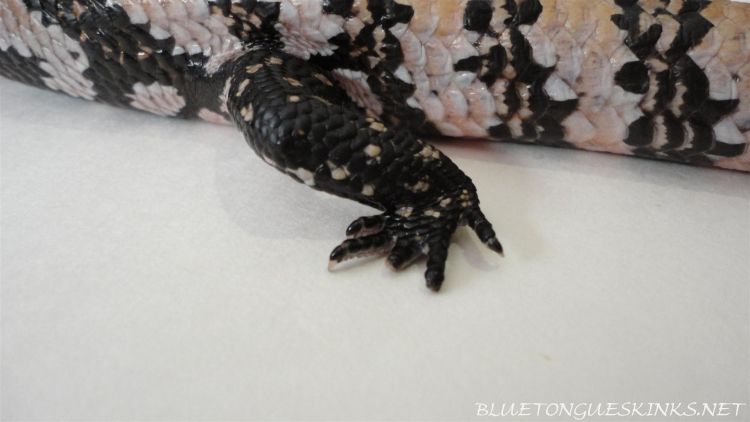From what I've seen, causes of toe loss can be as simple as keeping on carpet or other substrates that can wrap around and constrict the toes or keeping in small, dirty conditions. It the nails aren't kept trimmed, it can cause the toes to eventually twist sideways so the nail isn't pointing down anymore. If there isn't sufficient hard surfaces to help get all the shed off of toes is can build up and cause constriction. Humidity also plays a factor in shedding, but it seems like having space to walk around and wear down the nails / wear off shed is more important (from what I've seen).
It seems like feet issues are very easy to treat but also can occur in captivity fairly easily. My latest skink with toe issues was kept on carpet (didn't seem very clean / sanitary), but otherwise there didn't seem to be any reason for toe problems. Here are some pictures of the feet:
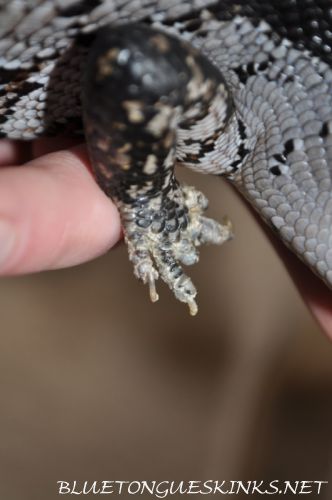
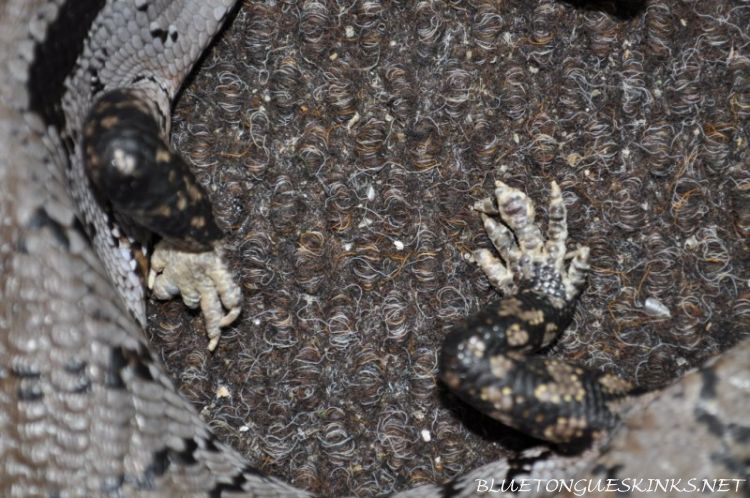

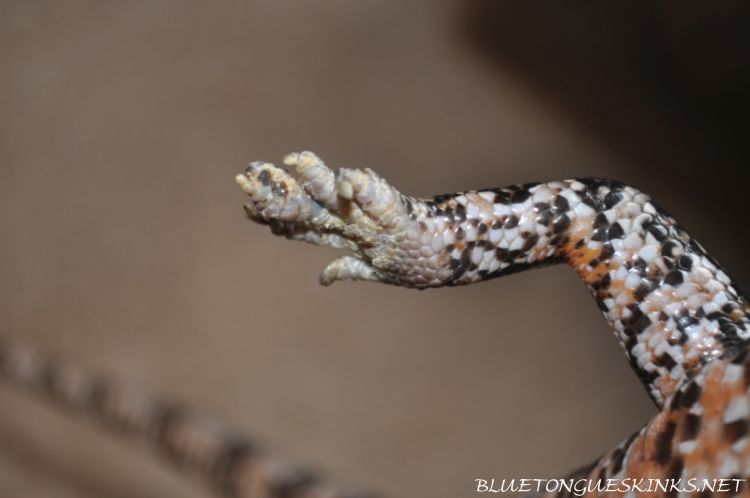
When I got him I took away the carpet, scrubbed the enclosure with a 5% bleach solution and rinsed it really well, and put him back on paper towel. I cleaned all of his stuff and only gave back what was necessary - hide, basking rocks, water dish. Less stuff is easier to keep clean and less chance of infecting any sore spots on his feet.
The 3 BTS that I have gotten with serious toe issues also had other health concerns, so they have all been on oral or injectible antibiotics. While antibiotics and vet visits aren't necessary for all toe issues, keep in mind that if infection can enter through open sores it could lead to septecemia (blood infection) which is very serious. For minor issues, such as one swollen or damaged toe, I wouldn't rush off to a vet, but for serious issues or in cases where the husbandry hasn't been great for long periods of time it is highly recommended to seek a qualified vet. They will know whether topical or oral antibiotics are required. If you are 'rescuing' a bluey with health problems or one that has been living in poor conditions, please expect to incur vet costs! Reptiles can hide illness very well but stress of moving and new homes is very taxing - a BTS might seem fine when you look at it (other than minor issues) and then once you bring it home it might go downhill quickly. If this happens - see a vet right away.
At this point, the skink in the pictures was on oral antibiotics. To help with the feet, I gave lukewarm baths with lots of epsom salts dissolved in the water. The water was just high enough to cover the feet completely. I left him to soak for 15-20 minutes at a time. This helped some stuck shed come off and made the long nails soft and easy to trim. Note all the nails that are twisted sideways because they are so long.
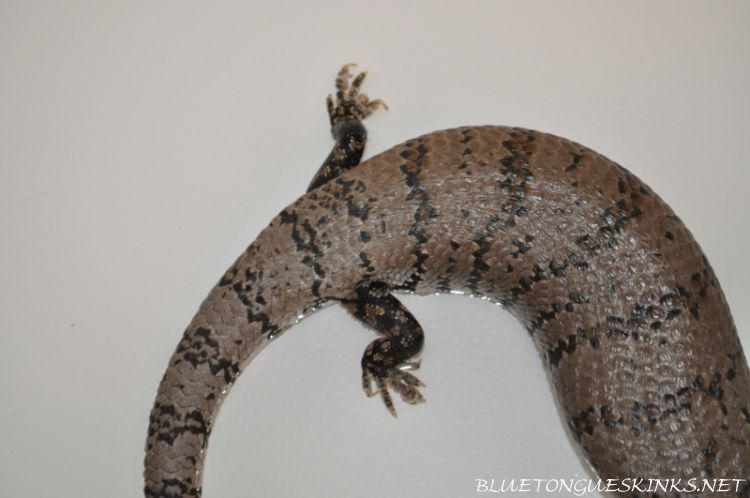
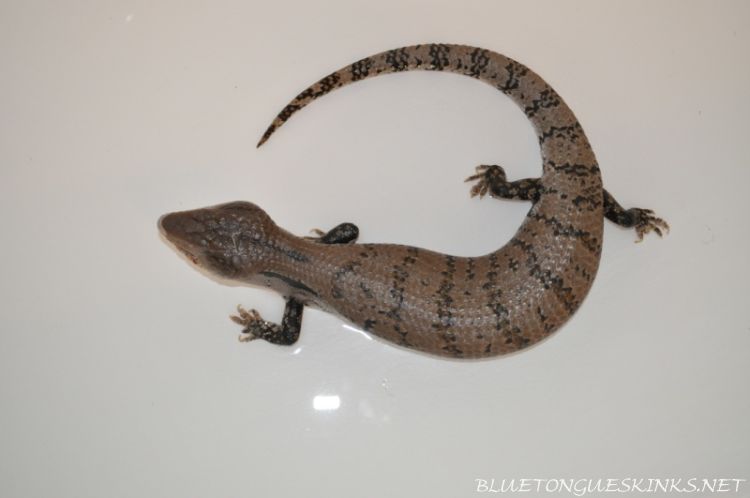
Keeping the toes clean and moisturized is important. In the past, in addition to epsom salt baths I've used emu oil to moisturize the feet. This time, the vet gave me a product called Dermalog - a thick, oily product that has antibiotic and anti-inflammatory properties. It worked well.
Some digits will be too far gone to save, so it is only a matter of time before they fall off. This skink has been with me for 10 weeks now and the feet are quite a bit better but there are still three digits that are swollen and almost falling off. I think once these three digits are shed the feet will be mostly healed.
The swollen digits:

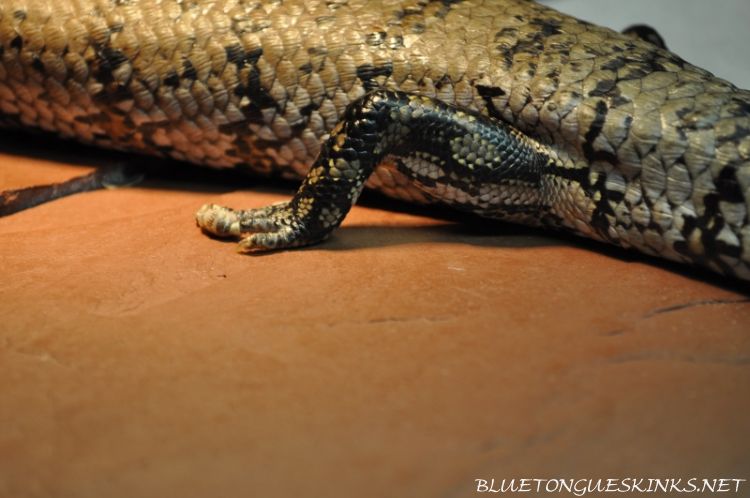
I don't pick at the toes, as they are swollen and tender - it will only cause them pain. Remember, it took a long time for the problem to get this bad so it will take some time for it to be fixed. Don't expect things to heal overnight!
While this skink is still on paper towel and not completely healed, I have another that had very similar issues but is completely healed. Once the digits that were not able to be saved were lost and her feet healed completed, she was put back on cypress mulch with no special precautions taken. Her feet are completely healed, but permanently damaged, and have not given her any issues since. Other than cypress mulch, she has drift wood, cork bark, slate rock etc to help keep the remaining nails filed down and help with shedding. I haven't had to trim nails or assist in shedding at all.
The healed feet:

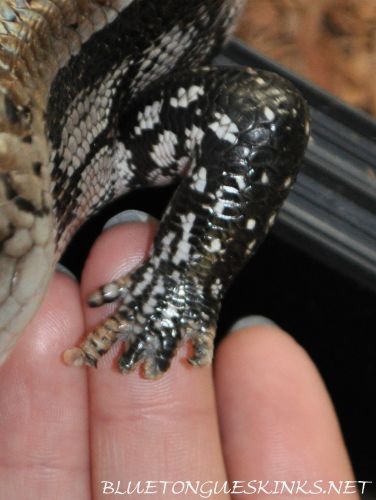
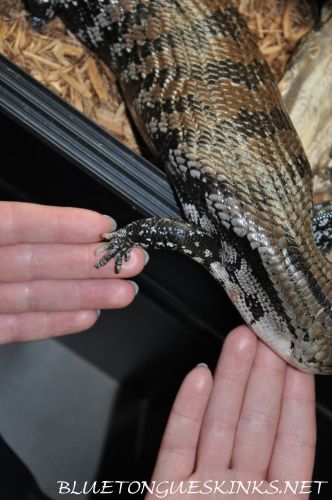

If you are experience toe issues, please examine your husbandry and see what might need changing. With proper husbandry they issues should be halted completely - it isn't normal (I was told it was 'normal' for them by the last seller!). These kind of issues are seen almost solely in North America - BTS don't have issues in the wild, so if these problems are arising it means we aren't giving them the conditions they need. Note that in the second last picture the one toe does not have normal scales - it almost looks like it is down to the bone! She has several toes like this, but it doesn't cause her any problems at all. This skink has not had any feet issues for over three years now.
Please feel free to add anything that might help others with this!





